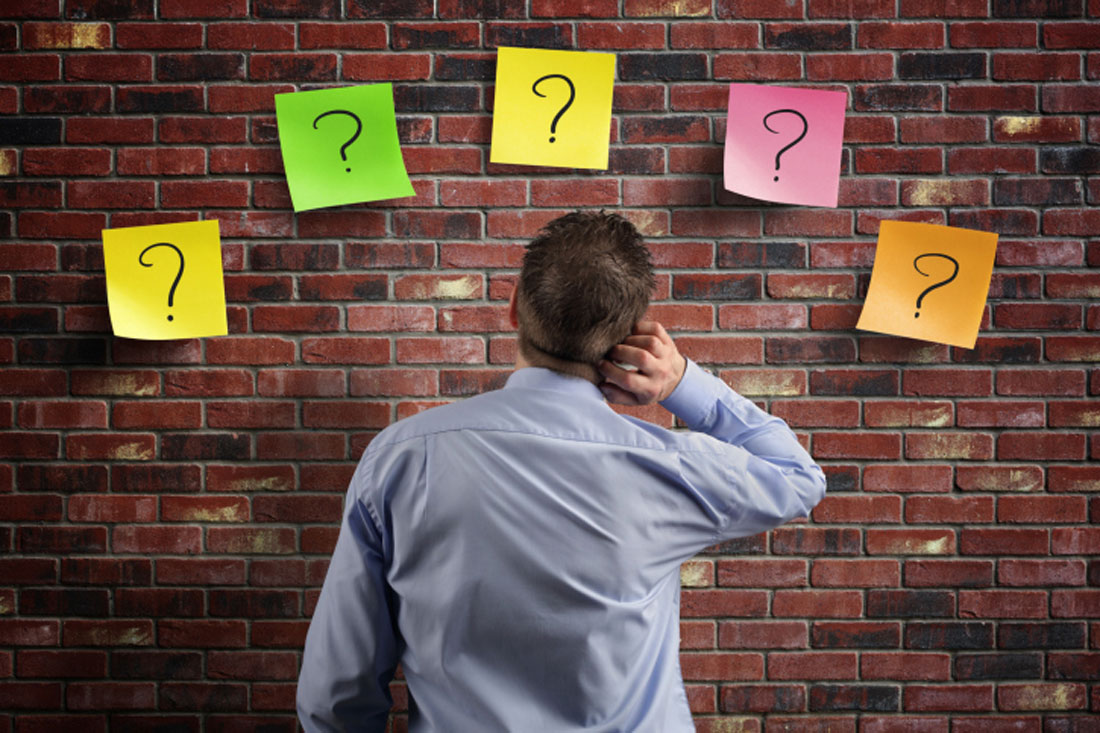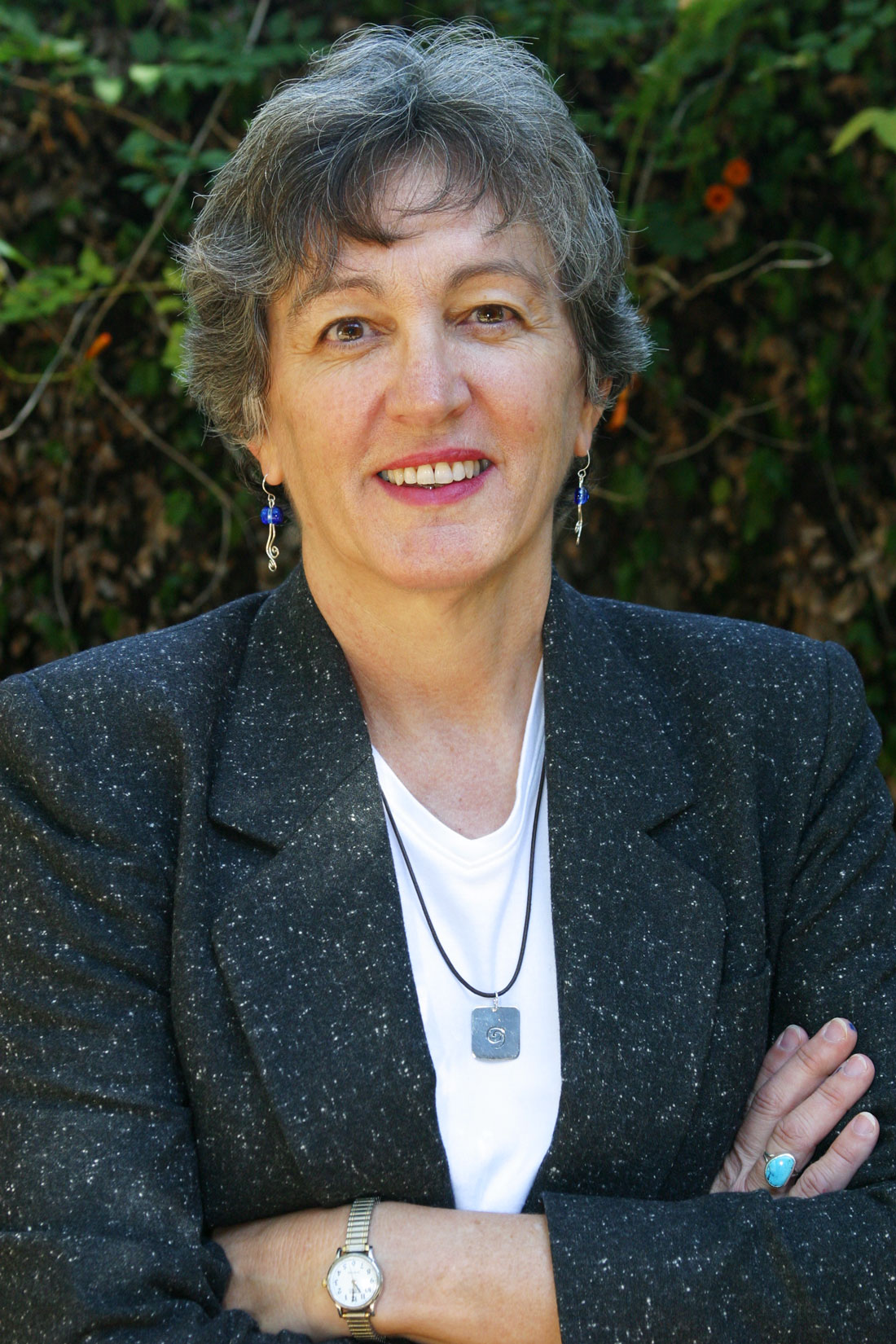A few years later, the drinking age in Illinois was raised to 21. And our habits changed again. When we were legal drinkers at 18, we tended to hit bars, and our funds limited the amount we consumed. After the age was raised, keggers at frat houses became more popular, and – surely the opposite of what lawmakers intended, as so often happens – we tended to drink more.
It is a basic truth of human behavior: We want what we can’t have more than what we can have.
Recently more than 100 presidents of colleges around the country signed a statement that advocates dropping the legal drinking age, once again, to 18. Their rationale is summed up by one sentence: “A culture of dangerous, clandestine, ‘binge drinking’ – often conducted off-campus – has developed.” A recent study by Harvard University found that a quarter of all college students, most of them under the age of 21, had five or more drinks three times or more over a two-week period.
The college presidents (and we’re talking big ones here like the heads of Duke, Dartmouth, and Ohio State) have angered such groups as Mothers Against Drunk Driving, which don’t understand how you can fight binge drinking by giving young people easier access to alcohol.
The view from the campus presidents is that college students are old enough to vote and serve in the armed forces, etc. If government takes away their right to drink, the presidents said, these young adults lose respect for all laws by breaking the drinking laws repeatedly. And then there is a cultural component. “When we look at other cultures where this 21-year-old drinking age is not the case, what we see is, indeed, probably more episodes of alcohol drinking – for example, a glass of wine with dinner – but far fewer episodes of risky and binge drinking,” President Georgia Nugent, of Ohio’s Kenyon College, said in a recent interview. It’s a conundrum. Most states dropped their drinking age from 21 to 18 in the late ’60s and mid-’70s. But by the 1980s, pressure from national conservative groups forced the federal government to take action. States that did not raise their drinking age back to 21 were threatened with loss of highway funding.
The United States is one of the few countries in the world that makes people wait until age 21 to drink legally (Indonesia and Papua New Guinea are two others). But it is hard to determine the effect of the differing laws. Alcoholism rates in this country are among the highest in the world – but right up there with us are France and Russia, which have lower drinking ages. The college presidents argue that Prohibition didn’t work so many decades ago, and that binge-drinking and other trends are proof that setting the legal drinking age at 21 has “not resulted in constructive behavioral change among our students.” They figure that lowering the age limit will give universities better control over student drinking, result in students traveling off-campus less often to drink, and thereby take much of the risky behavior out of the alcohol-and-young-people equation.
My daughter turned 18 recently and started college last week. I know that she and her friends did some drinking in high school, so if it happens again in college, it won’t be a shock. But I want her to learn to make better decisions in college. And if the drinking age stays at 21, and she ends up going with her friends to big off-campus parties every weekend because that’s the only source for beer, better decisions are less likely to happen. Big parties equal big peer pressure.
I don’t want kids to mess up their lives with drinking, but the current system isn’t working.
Maybe there is a workable compromise: Bring the age limit down to 19, so high school kids still won’t be able to drink legally. Make it legal for the 19- to 21-year-olds to drink, but only low-alcohol-content beer. And require college students to take a class that explains alcohol use and abuse in an honest and clear manner.











